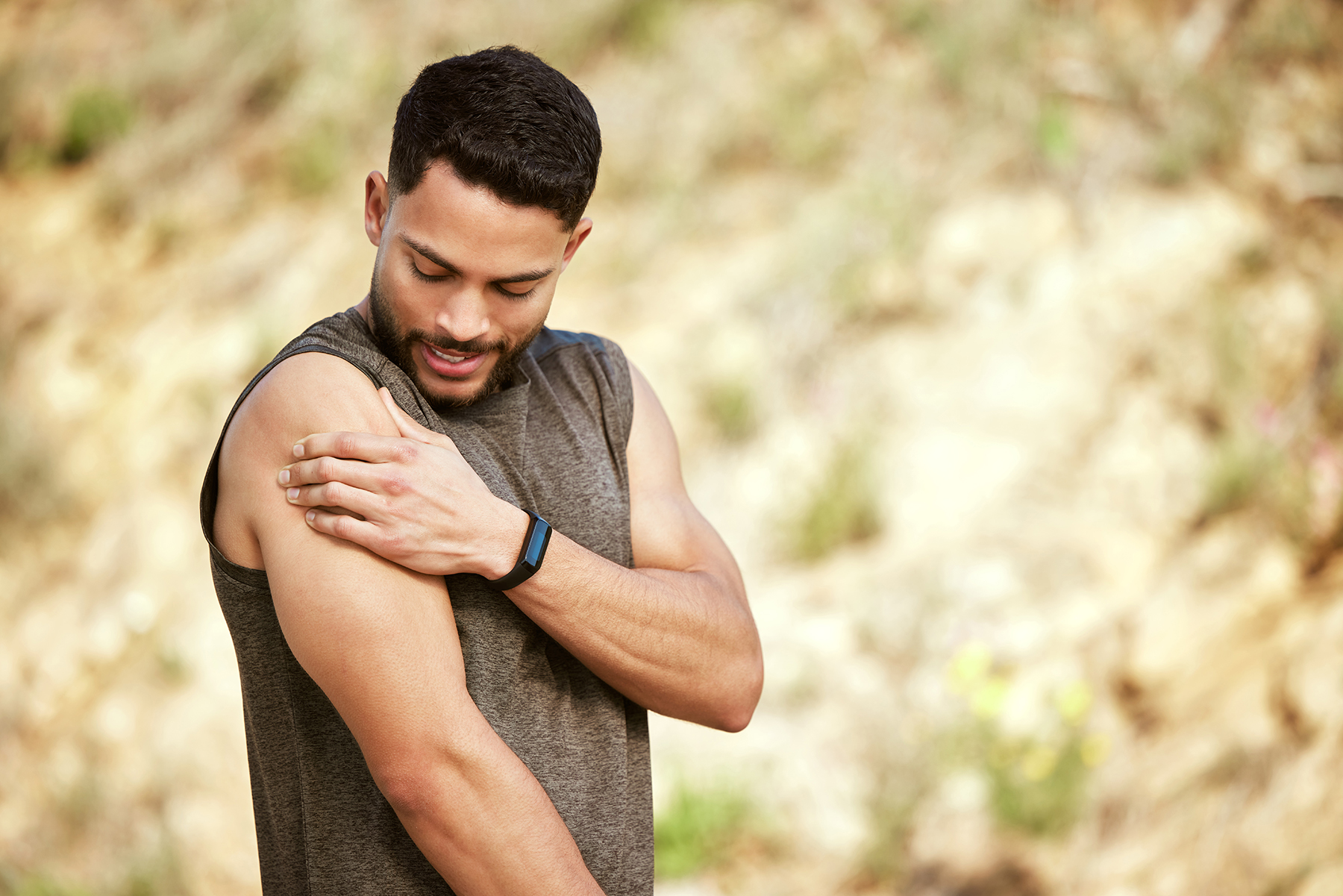Muscle Soreness After Exercise: What’s Normal?

Yes, exercise is important for everyone. But the inevitable muscle soreness that comes afterward can make you wonder, “did I do something wrong?”
Everyone has to start somewhere.
If you’re beginning an exercise routine after a period of inactivity (or starting a new exercise routine), there’s one thing to be expected, and that’s muscle soreness. In fact, no matter how fit you are, you can expect some soreness when you start something new that’s bringing new muscles into play.
However, with this new soreness inevitably comes some worry. Am I setting myself up for injury?
While some soreness is normal and expected after exercise, it’s important to be aware of the warning signs that you might be overdoing it and risking an injury.
Why am I achy?
That dull, mild soreness that you feel after going on your first run or doing your first cardio routine? That’s known as DOMS, short for delayed onset muscle soreness, and it typically manifests itself 12 to 24 hours after exercise. If it shows up faster, within hours of exercise, it’s known as acute soreness.
“Soreness can occur anytime within 24 to 72 hours of exercise,” says Carolyn Marie Kienstra, M.D., a pediatric sports medicine specialist with UHealth Sports Medicine. “It should then progressively resolve over the next few days. As your body becomes accustomed to a particular exercise, the soreness should lessen in severity and duration.” As long as the sensation stays in the “dull, achy” range and not in the “sharp, painful” range, then you’re probably fine, she adds.
While DOMS is not cause for major concern, go easy. “You should hold off on similar training until the soreness has mostly or fully resolved,” she says. “This will allow time for the muscles to heal, which will lead to strengthening.”
When muscle soreness becomes pain
Often, the thin line between normal soreness and abnormal pain can be difficult to distinguish. The simplest way to make this distinction, she says, is to focus on where the sensation is coming from, and how it feels.
Pain in tissue other than the muscles, such as joints or tendons, may be an indication of an injury. Any visible swelling is also concerning.
Dr. Carolyn Kienstra
Severe soreness that doesn’t go away or is accompanied by cramps, weakness or changes in urine color are also very concerning symptoms, says Dr. Kienstra. If you experience any of these, you should seek medical care immediately.
Dealing with DOMS
Almost anyone can exercise and overcome the challenges of DOMS, but the key is to approach it intelligently and treat it properly.
- Talk to your doctor if you’re unsure what’s safe and what’s not when beginning a new exercise routine. This is especially true if you have an existing medical condition and want to begin exercising.
- Start your routine with a slow pace, both in its duration and intensity, is a good idea for everyone that will help prevent injury. If it’s your first run in a few months, keep the pace and the mileage low. You have plenty of time to work your way toward your goal.
- Focus on nutrition and hydration. “It is also important to give your body the building blocks and energy needed to repair muscle damage following exercise,” adds Dr. Kienstra. “You should consume a mix of carbohydrates and protein ideally within 30 minutes of exercise to aid in recovery. Maintaining proper hydration is also important for recovery.”
- Ease achy muscles. A number of self-care remedies can help ease normal muscle soreness and get you back in the game more quickly. “Some people find that stretching, ice, compression or self-massage with things such as a foam roller can help alleviate soreness,” says Dr. Kienstra.
- Watch out for sharp pain. Most important, take a break and see your doctor if the soreness doesn’t go away or gets worse. If the pain becomes sharp, severe or seems to be impacting your joints and tendons, these are other warning signs that something may be wrong.
Wyatt Myers is a contributing writer for UMiami Health News.
Tags: delayed onset muscle soreness, DOMS, Dr. Carolyn Marie Kienstra, exercise, muscle pain
